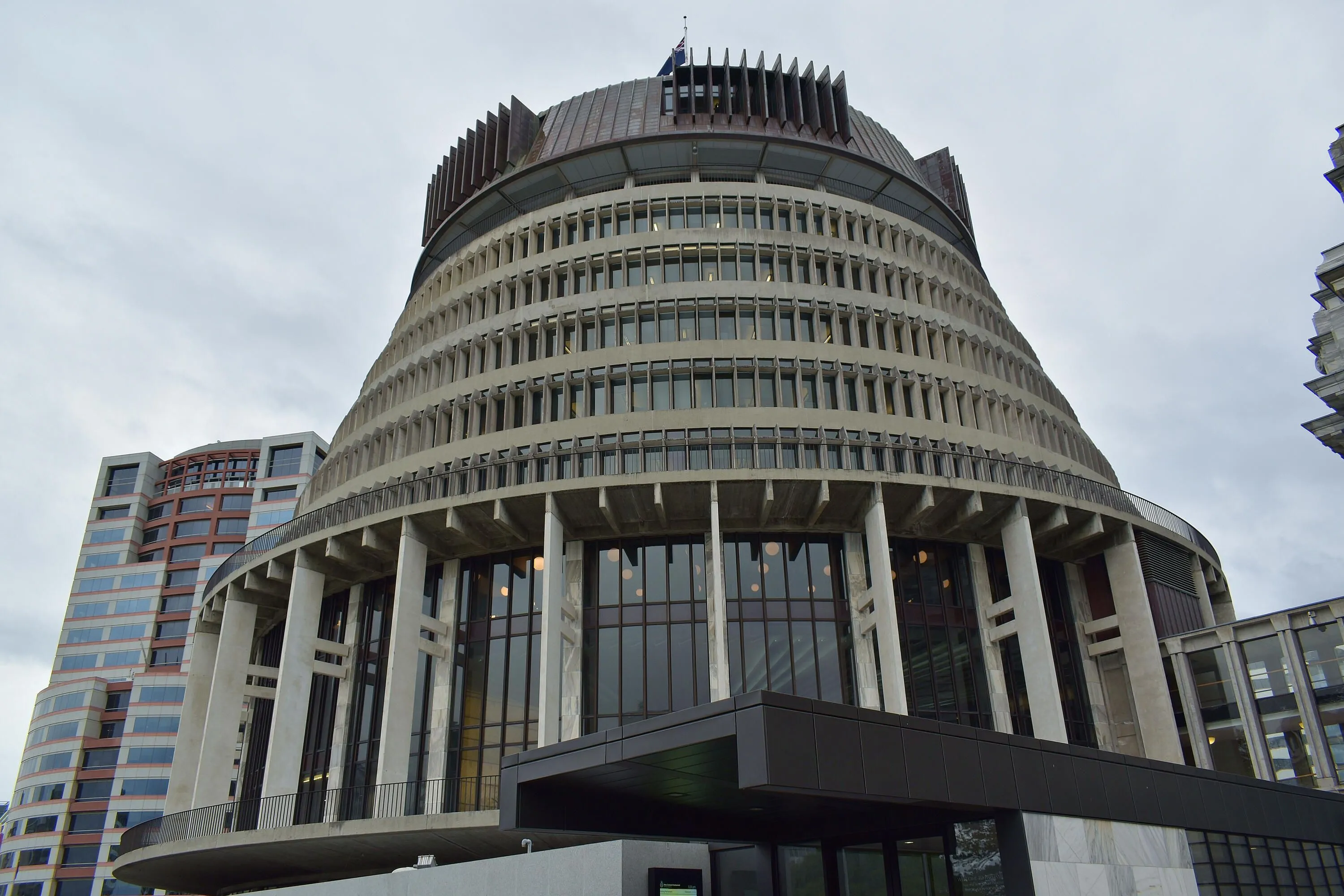Confronting The "Bleak Midwinter" Facing Creativity

In a moment of uncharacteristic frankness for any Government body, Creative New Zealand Chief Executive Stephen Wainwright published a candid blogpost about the state of the Government’s support of CNZ in response to last month’s budget announcement.
It looks like a bleak midwinter, folks: “we have less to invest for the coming financial year”.
Wainwright highlights that the Government’s Culture and Heritage budget is around 4% of their total essential expenditure with CNZ's baseline funding being a tiny 0.01% of that, and that CNZ is “disappointed that we weren’t successful in attracting positive attention in the May 2022 Budget”. This is covered extensively in last week's Lowdown.
Given how essential CNZ is to the national arts ecosystem that’s a chilling prospect indeed. Of course, it doesn’t help that CNZ’s focus in recent years has pivoted to become more risk averse, supporting high profile, established, and self-sustaining organisations over unknowns, experiments, and the less profit orientated.
And there are questions around processes.
It highlights why attacks on arts funding are so pathetically mean-spirited and unfounded. It’s a tiny sliver of the budget, and in CNZ’s case, mostly funded out by the lotteries – which is problematic for a whole other bunch of ethical reasons.
Yes, the government initiated a $374 million package to help the arts sector through the COVID crisis, but that was very much a one off, and much went to propping up flagship organisations.
What is very noticeable is that this year’s budget is that while around $185 million has been allocated to the cultural sector, more than $50 million in funding went cultural agencies, $42.9 million for Te Papa’s new research and storage facility, and $60 million for the Screen Production Grant.
A modest $18m went to Te Ao Māori to be divvied out in recognition of the first official Matariki holiday and Waitangi Day – which sounds like a bit of a sop to burnish the Government’s own halo really.
As Te Pāti Māori the Māori party highlighted, the New Zealand Symphony Orchestra and Royal New Zealand Ballet saw significant funding increases compared to Te Matatini (the kapa haka festival) and called for it to receive the same funding as the NZSO.
Very little, beyond the one off COVID payments and poking the Artists’ Royalty Scheme (which really only benefits artists favoured by the market) with a stick, has gone into addressing the financial hardships of creators themselves.
The factional fighting over the biscuit tin has always been fairly cutthroat, but it’s only going to get worse.
Creatives, more often than not, are part of the precariat.
New Zealand creatives are paid an average $35,800 per year. They are struggling with housing and supporting themselves despite pre-COVID in 2018 the performing arts alone contributing $2.3 billion to the economy and New Zealanders participated in cultural activities at least as much as in sports.
The arts were vital in getting us through the emotional trauma of the pandemic.
The Labour Government still doesn’t even have an arts policy – the one vehicle in which many of these issues could be addressed. This is particularly shoddy given that Prime Minister Jacinda Ardern is Co-Minister of Arts, Culture and Heritage.
I have a few recommendations for the Government:
-
Get a bloody Arts Policy FFS!
-
Get creative. Explore liveable income support for creatives, or some kind of social insurance (that’s probably at the more radical end of things), target basic housing support for creatives, provide tax relief.
-
Subsidise arts studios, temporary venues, and office space for creatives. This is nigh on unaffordable now.
-
Make funding more accessible to all creatives, not just high-profile individuals, well-resourced organisations and flashy overseas events.
-
The Ministry for Culture and Heritage should reallocate funding to CNZ. For all their faults, CNZ has robust processes and a familiarity with the sector.
-
Let CNZ administer the Cultural Sector Innovation Fund for similar reasons.
Yaldabaoth-knows that won’t fix everything but the sh*tshow must go on…